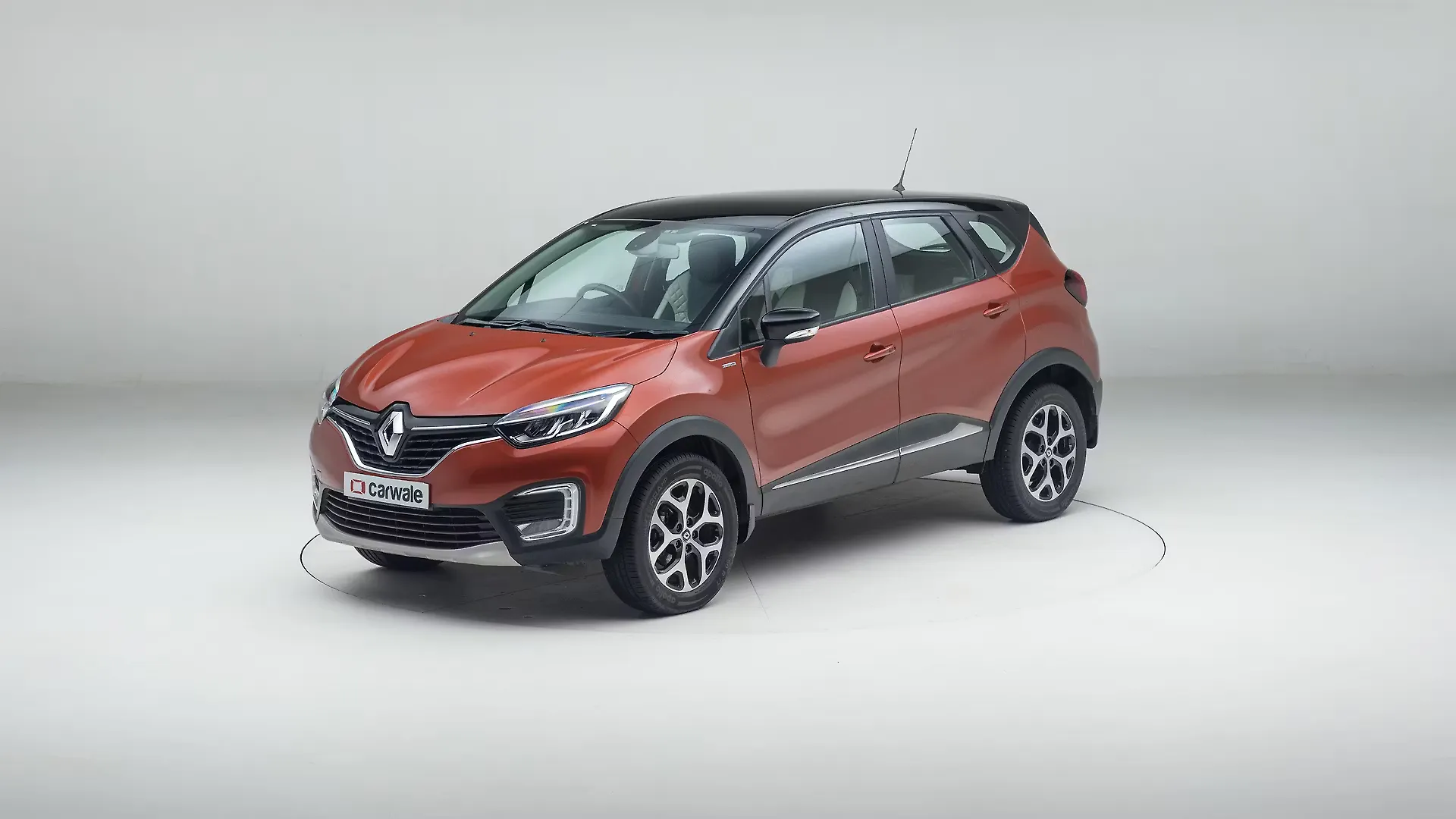

Its vertical body movements now feel as though they’re being monitored far more closely than before, which admittedly makes for a usefully taut primary ride when travelling quickly on rolling stretches of road.

In a similar fashion to its Mk5 Clio sibling, the Captur’s ride seems to have lost some of the easy-going fluency of its immediate predecessor. The suspension prefers smoother surfaces to broken and uneven ones, riding bumps in a slightly wooden and brittle fashion that would make it less than ideally suited to quicker cross-country driving.
#CAPTUR REVIEWS DRIVERS#
With the vast majority of drivers in mind, that’s as it should be – although the car’s grip level is pretty ordinary and its outright agility likewise and while that grip level is quite nicely balanced and the chassis seems potentially playful at first, the non-switchable stability and traction controls wield an ultimately suffocating hand. Like the related Renault Clio, the Captur steers with an intuitive pace and weight that’s well matched to the rate of handling response of its chassis and that makes it easy to place in corners. The Captur is plainly one of the better-handling cars of its ilk yet it still isn’t one an interested driver would really seek out and it stops a way short of engaging its driver when driven quickly. Even on optional 18in wheels, it doesn’t have much in the way of handling agility or a particularly high outright grip level, though, and it stops some way short of conjuring lasting driver appeal. The Captur’s lateral body control is good, and it avoids the tendency to tumble quickly onto its outside wheels that can afflict cars of this type and make them feel a little unsteady on turn-in.


 0 kommentar(er)
0 kommentar(er)
